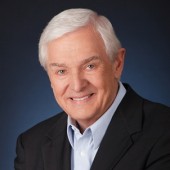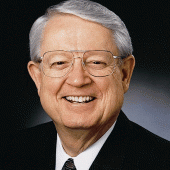We’re in a unique time in history when up to four generations are together in the workforce at the same time, and it’s clear that sharp differences exist between Traditionalists, Baby Boomers, Gen-X’ers and Millennials. From dress codes, to work ethic to meeting times, there are sticking points. Business leader and author Haydn Shaw has written about working together and returns to discuss Sticking Points: How to Get Four Generations Working Together in the 12 Places They Come Apart.
Haydn noticed these generation gaps when he was young. He tells a story of his dad being frustrated by the music Haydn played and was convinced that BJ Thomas was the downfall of the American teenager. While this plays out in families, it can be even more challenging in the workplace. “Work ethic and loyalty are definitely brought up by the older two generations more than the younger generations.”
Out of the entire list, Haydn points out the top five areas that come up most often: Work ethic, loyalty, respect, feedback, and communication. We can start by recognizing that as culture changes and technology evolves, the job culture will shift and bring redefinitions to these terms. “The amount of innovation and collaboration and creativity that is necessary is intensifying… it’s all about connectivity and getting information back and forth to each other.”
1. Acknowledge that generational differences exist and can be a hindrance to productivity.
2. Talk about it and build appreciation. Focus on the “why” rather than the “what.”
3. Figure out how to flex to accommodate.
4. Leverage the differences. Deal with the conflict and turn the sticking point into an opportunity to build strength.
5. Resolve. Make a decision and move forward “in a way that accommodates the different generational preferences as best we can.”
“Anything we can do to ensure better communication will make us more successful in our career.” Haydn says these issues will become more prevalent as time passes, but we need to learn how to pick our battles in every situation and recognize our larger goal and mission. “It’s easy to make our generational preferences a bigger issue than they need to be.”
Highlight – Intergenerational workplaces
Image: Flickr






















